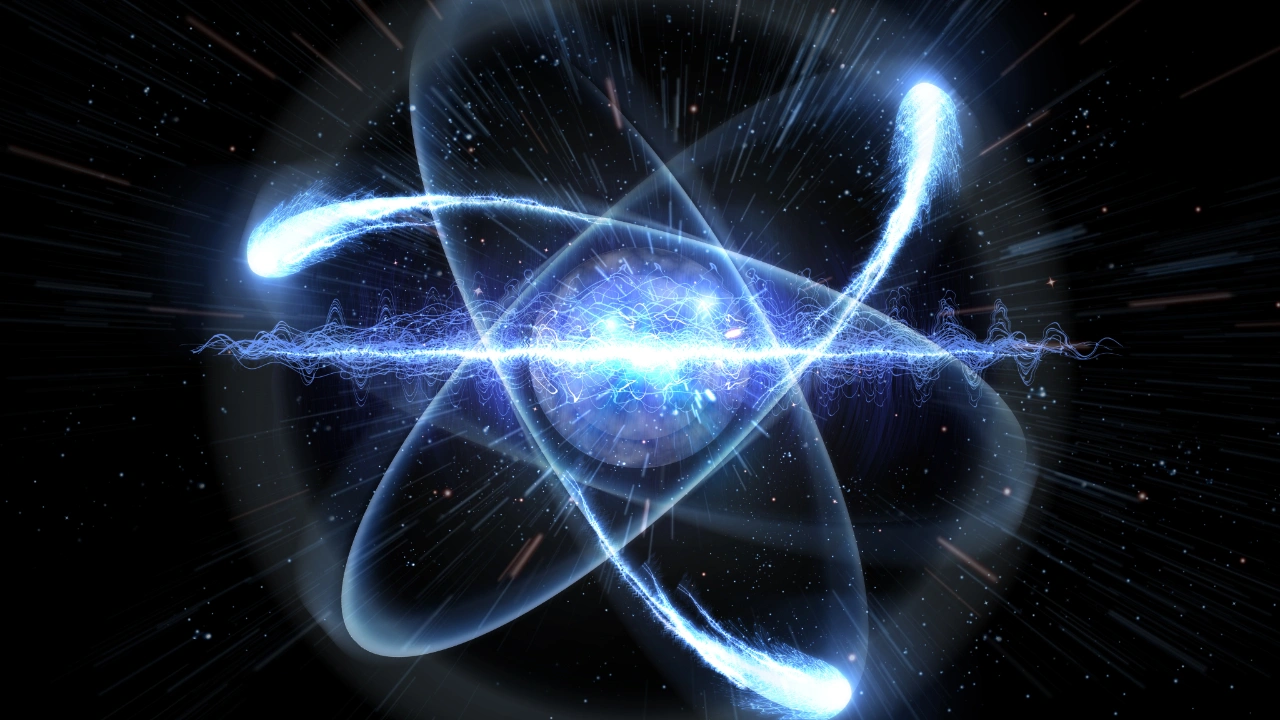Wave Behaviour of Atoms: The Impossible Became Real in Quantum

Scientists have shown that atoms can exhibit wave-like behaviour, disproving long-standing assumptions that such experiments are impossible. Thus, they have paved the way for new possibilities in quantum physics.
The experiment uses atoms and an atom-thick layer of graphene to recreate particle diffraction, a classical quantum phenomenon. This research, the latest chapter in a story that began several decades ago in 1927 when physicist George Paget Thomson demonstrated that electrons produce a diffraction pattern like waves when passed through a crystal lattice, could pave the way for revolutionary technologies, including highly sensitive gravitational wave detectors.
Thomson won the Nobel Prize following his discovery, which also paved the way for advances such as electron microscopy. For nearly a century, scientists have tried to replicate this diffraction effect in an impossible experiment with atoms. But traditional methods required specially designed lattices with relatively large gaps, which limited the precision of the resulting patterns.
In short, it was considered impossible to use crystal gratings for atoms, as the high-energy atoms required for the process were predicted to damage the crystal. However, researchers at the German Aerospace Centre have succeeded in achieving this seemingly impossible task.
By directing high-energy helium and hydrogen atoms at a graphene sheet, which can be described as a single layer of carbon atoms, the researchers surprisingly observed that after 100 hours of exposure, there was no damage to the graphene and a distinct circular diffraction pattern. This experiment was the first successful demonstration of atomic diffraction through a crystal lattice.
It seems that the secret to the success of this experiment is based on the energy dynamics of atoms. The atoms exchanged energy with the graphene atoms undetected, preserving their quantum wave properties. Bill Allison of the University of Cambridge gives an example to explain this phenomenon, saying that it is like opening and closing a door silently in a crowded room: ‘No one knows which door is being used and the wave-like behaviour is preserved.’
This discovery could have far-reaching implications. It could lead to the development of incredibly sensitive atomic interfero meters, potentially capable of detecting gravitational waves beyond the capacity of current technology. Scientists are very optimistic about the potential applications of atomic diffraction and say the experiment represents a major leap forward in quantum research.
This achievement not only redefines what is possible in quantum mechanics, but also emphasises the ever-evolving nature of science. Because once again, what was once considered impossible has been realised in a way that could shape the future…